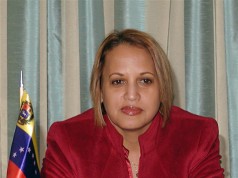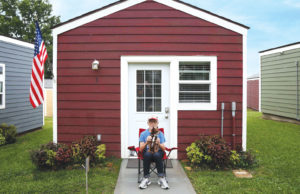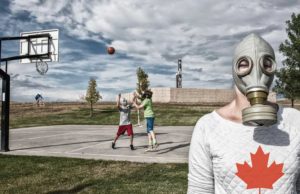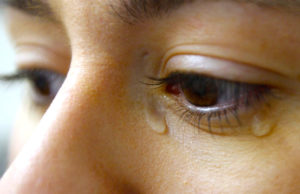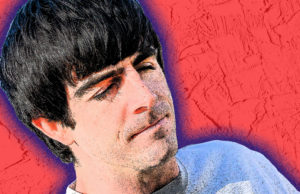“To say it’s primitive is an understatement,” CBS News medical correspondent Dr.
Ashton would know. As she spoke, the network aired
footage of her in scrubs and a face mask, assisting in the nighttime
surgery of a 15-year-old girl in shock from a hasty amputation.
Confronted with the overwhelming need in
medical doctors who serve as network correspondents have been toggling
between roles: that of physician and reporter. On Sunday,
“When I see a situation where there’s something I
could do to help somebody, I’m going to do that,” Besser said. “It
would be cruel and heartless to do anything but.”
But some media ethicists said medical correspondents
should consider forgoing their journalistic roles if they’re going to
participate in the relief effort. While reporters should help when they
can save a life or prevent profound harm, “I think it’s very hard for
an individual who is professionally and emotionally engaged in saving
lives to be able to simultaneously step back from the medical work and
practice independent journalistic truth-telling,” said
And by focusing on the work being done by their own
staff, “news organizations at some point appear to be capitalizing for
promotional reasons on the intervention by journalists,” Steele added.
Snyderman, a head and neck cancer surgeon who arrived in
“Morally, I have a responsibility to help people,”
she said. “From a journalistic standpoint, I have a responsibility to
tell stories. And in between is a very delicate balance that I wrestle
with.”
Snyderman — who has been so moved by the need in
that she plans to devote several weeks a year to relief work — spent
much of the weekend without her camera crew, triaging patients and
setting broken bones with cardboard and gauze. She said she’s agonizing
over how best to use her time.
“I have to constantly think, how can I make a
difference?” she said. “Do I make a difference by seeing 10 more
patients? Or by telling people what I’m seeing? I don’t know that I
have an answer, other than I’m going to try to do two jobs while I’m
here.”
said he normally would agree that a reporter should not wear two hats
on a story, “but in this case I can’t conceive of a conflict we
couldn’t figure out and remedy,” adding that he thinks the audience
benefits from the first-person storytelling.
Gupta, a neurosurgeon, became a central player in a
story this weekend when, amid security concerns, a Belgian medical team
evacuated a field hospital he was visiting. Saying he feared some of
the patients left behind would die, CNN’s chief medical correspondent
stayed the night as the lone doctor, stabilizing the critically ill
with the help of his crew.
The network devoted substantial air time to the story, including on Gupta’s own show Sunday.
“I don’t think our intention is to ever make the
story about myself,” Gupta said. “I think people innately understand
that there is a tremendous medical need down here, and if you can help,
you should help.”
CNN/U.S. President Jon Klein said the network is telling a compelling part of the story in
“His mission is to explain the urgency of the
medical situation to the world,” Klein said. “In addition to the
hands-on care he’s providing, Sanjay is providing a unique service most
doctors couldn’t.”
This isn’t the first time medical correspondents
have played doctor in the field. Gupta himself performed brain surgery
five times in 2003 while embedded with the U.S. Navy’s “Devil Docs”
medical unit in
That’s in part because several practicing doctors
were hired this year by the networks, including Ashton, an OB/GYN, and
Besser, a pediatrician and former acting director of the Centers for
Disease Control and Prevention. In
Besser said he believes he can do the most good by
reporting on the public health conditions, not working as a doctor.
Still, when he found a young woman having a difficult labor in a park
Sunday, he felt compelled to help. After consulting on her condition
via BlackBerry with obstetricians back in
“What I’ve tried to do is use those medical encounters to illustrate a larger health problem,” said the
“I may blur the rules of dispassionate journalism,”
he added, “but I think it would be impossible to be a true physician
working as a journalist and not help when you can contribute.”
—
(c) 2010, Los Angeles Times.
Visit the Los Angeles Times on the Internet at http://www.latimes.com/
Distributed by McClatchy-Tribune Information Services.



